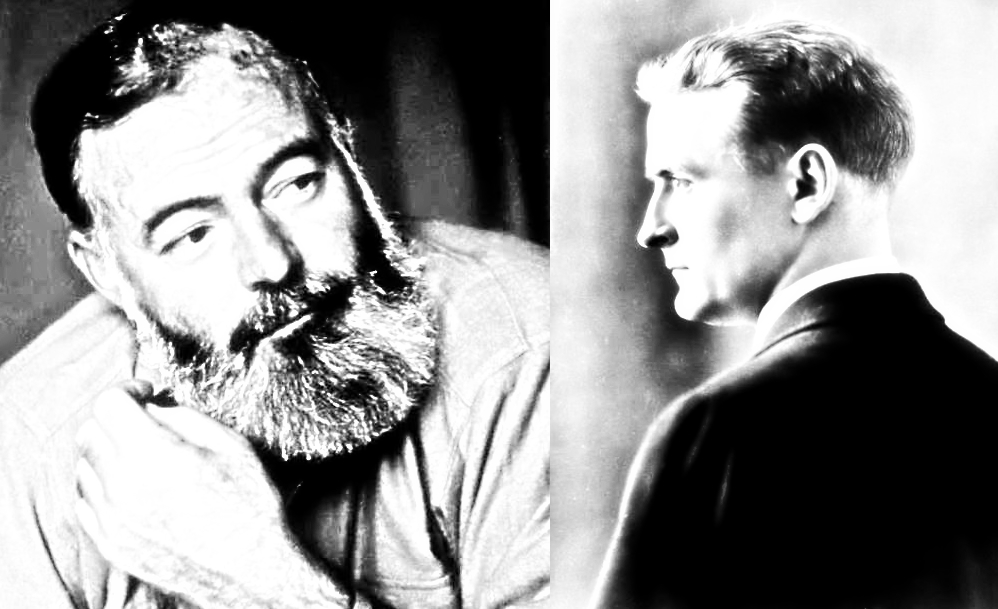I’m a poetry noob but it’s one of those things I feel compelled to get interested in before I’m dead because I find it to be one of those skills that are so highly artistic and creative and yet so abstract, too. And there’s lots of opinions on why one should partake in poetry (and writing in general). Ray Bradbury once said that aspiring authors should read a poem and a short story every night to build their knowledge of the craft, but, well, I think that’s a little unrealistic because we all have lives and we’re not all as optimistic as Ray Bradbury, so getting the motivation to do things often involves jumping psychological hurdles that can keep us from writing, like laziness and apathy…and laziness. Regardless, understanding poetry on a fundamental level is important to get one’s foot in the door, so today we are going to start by looking at the easy stuff in the world of verse.
What’s a Foot?
So, there is a measuring unit in poetry called a “foot.” A foot is made up of “stressed and unstressed syllables” and the combination of “feet” creates what is known as “meter.” Then, the meters are joined to create an entire poem, and then you have Poetry. See, a poem’s inner-magic is no more mysterious than the innerworkings of a fantastic machine. Sometimes hard to wrap your mind around but altogether marvelous nonetheless!
There are many different types of foot in poetry, some of which include Iamb, Trochee, and Anapest.
- Iamb: unstressed and stressed syllables.
- This looks like daDUM when seen in a poem.
- Trochee is a combo of stressed and unstressed syllables
- This looks looks like DUMda in a poem.
- Anapest is a combination of two unstressed and a stressed syllable
- This looks looks like dadaDUM in a poem.
There are more types of feet as well, including Spondee, Dactyl, Amphibrach, and Pyrrhic. However, I think you get the point—pretty much types of feet are different combinations of syllables stressed and unstressed. So, ideally, we use the “foot” as the starting point of a poem, and it informs the kind of language we are going to use on a technical level.







